Timekeeping is an ancient endeavor that dates back thousands of years. From the sundials of ancient Egypt to the intricate mechanical watches of the Renaissance, the evolution of timekeeping has been an incredible journey. The culture of watches is deeply rooted in the fascinating stories that surround their creation and development.
The wristwatch, a ubiquitous accessory in modern times, has an intriguing origin. It was during the late 19th century when military officers, tired of fumbling for their pocket watches during battle, sought a more practical solution. Louis Cartier, a prominent French watchmaker, answered their call by creating the first wristwatch for men, known as the Cartier Santos. This stylish and functional timepiece revolutionized the way people wore watches and laid the groundwork for the wristwatch culture we know today.
Switzerland is synonymous with fine watchmaking, and its horological legacy is a captivating tale. It all began in the 16th century when religious reformer Jean Calvin banned extravagant jewelry in Geneva, leading goldsmiths and jewelers to focus on crafting intricate timepieces. This shift ignited a horological renaissance that propelled Swiss watchmaking to the global stage. Swiss watches are renowned for their precision, craftsmanship, and timeless elegance, reflecting the rich cultural heritage and dedication of Swiss artisans.
Rolex, arguably the most iconic watch brand in the world, has a captivating story that spans over a century. Founded in 1905 by Hans Wilsdorf and Alfred Davis, Rolex set out to create timepieces that were both reliable and precise. Over the years, Rolex watches have witnessed remarkable moments – from accompanying the first successful Everest expedition to being the first watch to reach the Mariana Trench. These milestones have cemented Rolex's reputation as a symbol of adventure, luxury, and technical achievement.
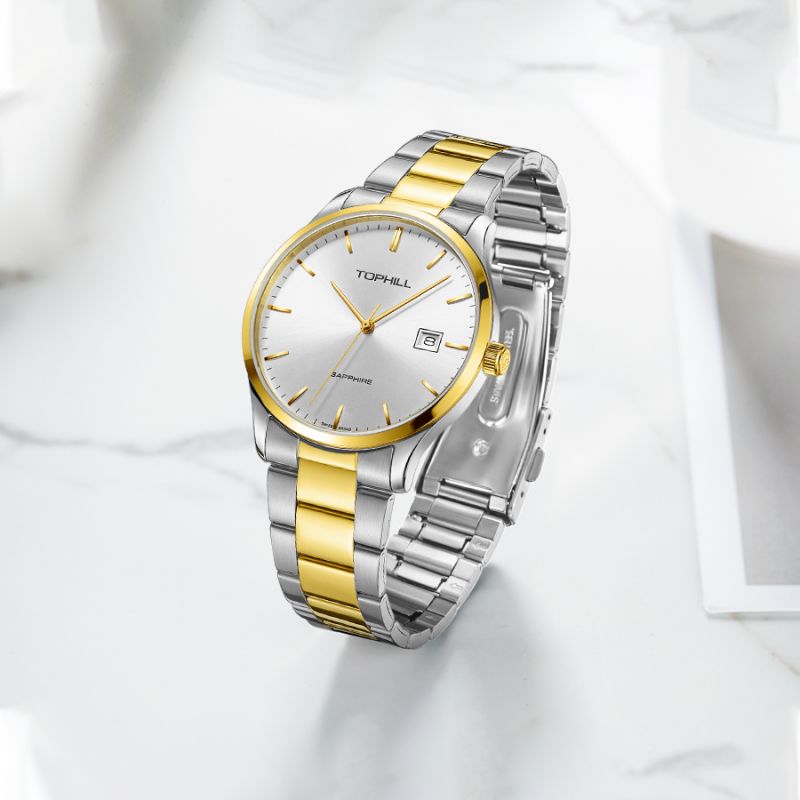
In an era dominated by digital technology, mechanical watches have experienced a renaissance driven by a desire for craftsmanship and nostalgia. The allure lies in the intricate movements and complex mechanisms that power these timepieces. Mechanical watches embody the skill and artistry of master watchmakers, who meticulously assemble and adjust countless tiny parts. The resurgence of mechanical watches reflects a deeper appreciation for tradition, heritage, and the stories behind these marvels of engineering.
Luxury watches have transcended their utilitarian function to become symbols of status, success, and personal style. They are wearable works of art that reflect the values and aspirations of their owners. From the classic elegance of a Patek Philippe to the bold innovation of a Hublot, each luxury watch brand represents a unique blend of craftsmanship, design, and heritage. These timepieces have become cherished heirlooms and a way for discerning individuals to express their individuality.
In the digital age, watches are adapting to new technologies to cater to modern lifestyles. Smartwatches seamlessly blend tradition and innovation, offering features beyond timekeeping alone. These devices can track fitness metrics, display notifications, and even make payments, catering to the evolving needs of the tech-savvy generation. As technology advances, the culture of watches continues to evolve, ensuring that these timeless accessories remain relevant in the ever-changing world.
The culture of watches is a tapestry woven with stories of innovation, craftsmanship, and human ingenuity. From the first wristwatch to the renaissance of mechanical timepieces, these stories capture our fascination and add depth to the objects we wear on our wrists. Luxury watches embody elegance and status, while smartwatches bridge the gap between tradition and technology. Collectively, these tales highlight the enduring appeal and cultural significance of watches in our lives.
Tags:
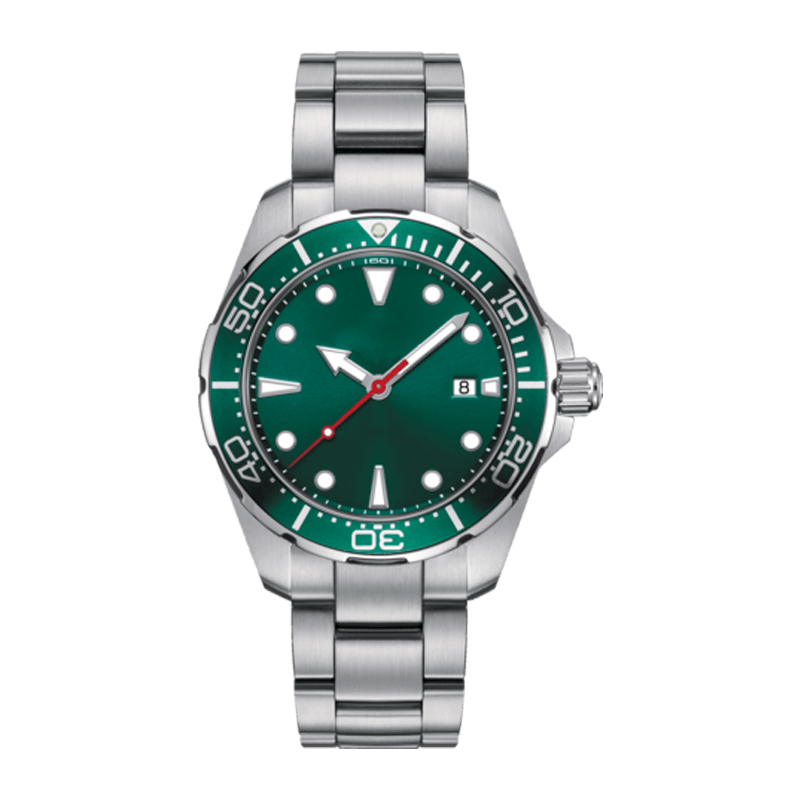 Tired of Leakage Issues? Can a Professio
Tired of Leakage Issues? Can a Professio
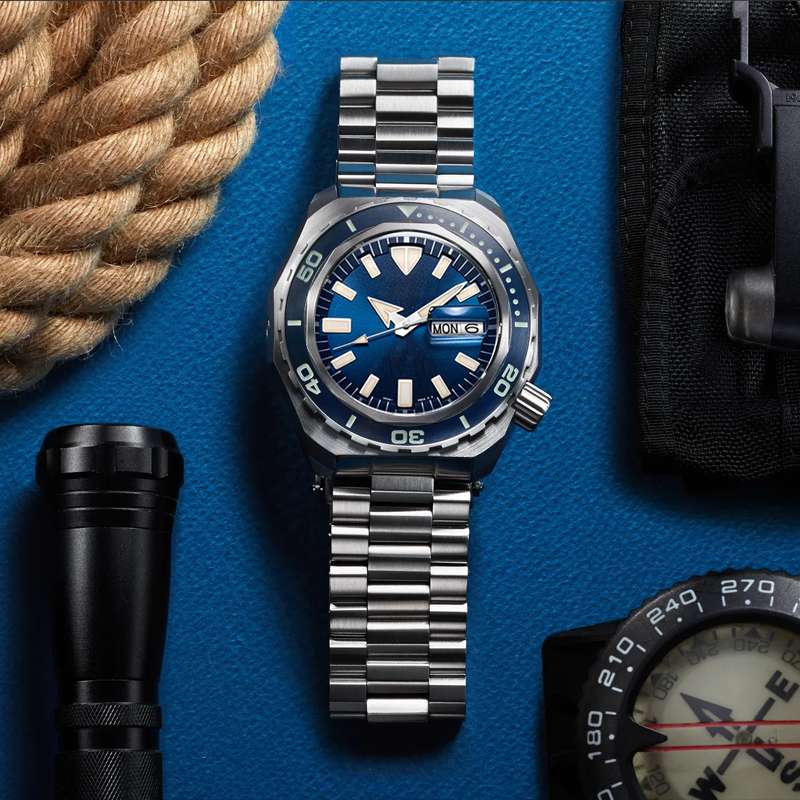 What Are the 5 Key Features to Inspect B
What Are the 5 Key Features to Inspect B
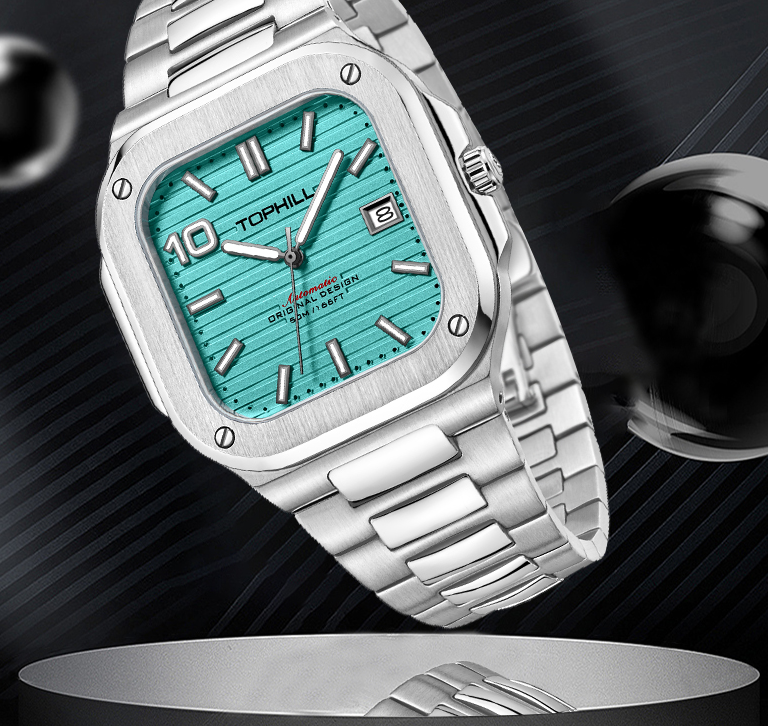 How to Clean Stainless Steel Bands: A De
How to Clean Stainless Steel Bands: A De
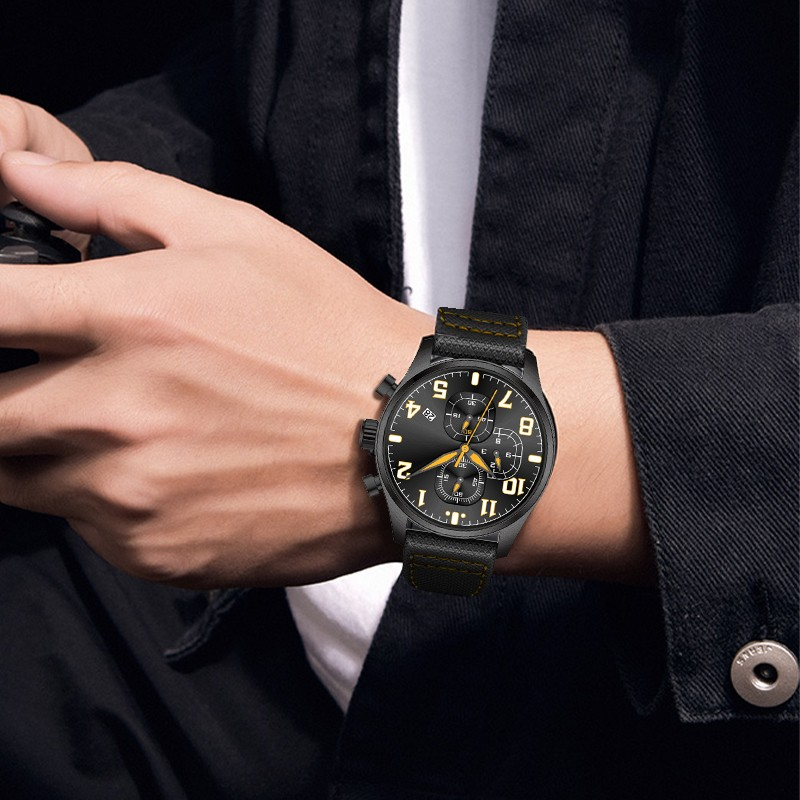 How Does a Seiko Stainless Steel Watch C
How Does a Seiko Stainless Steel Watch C
Super Time